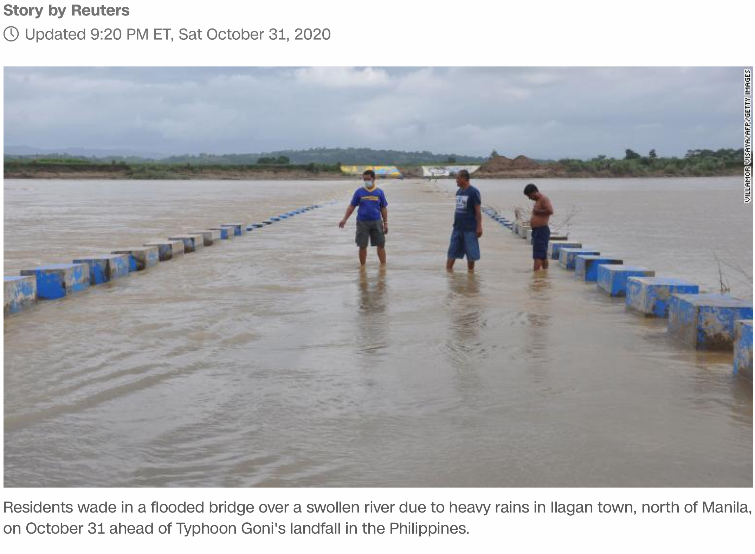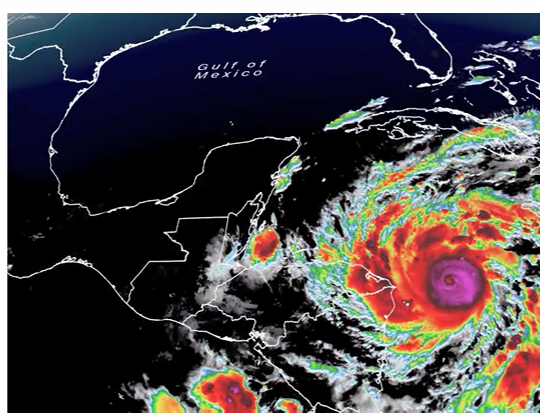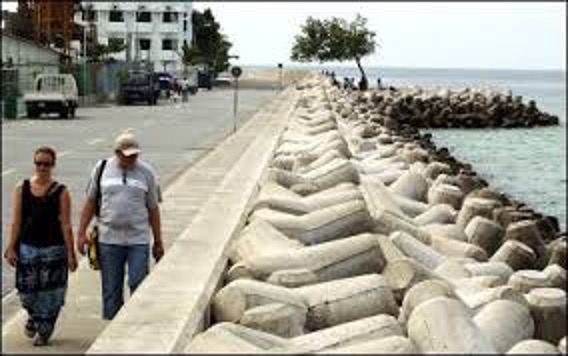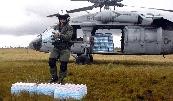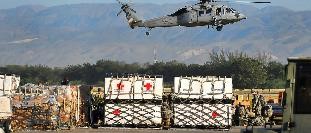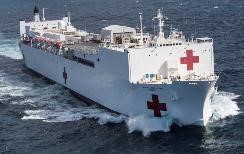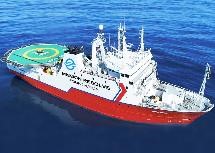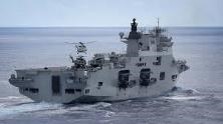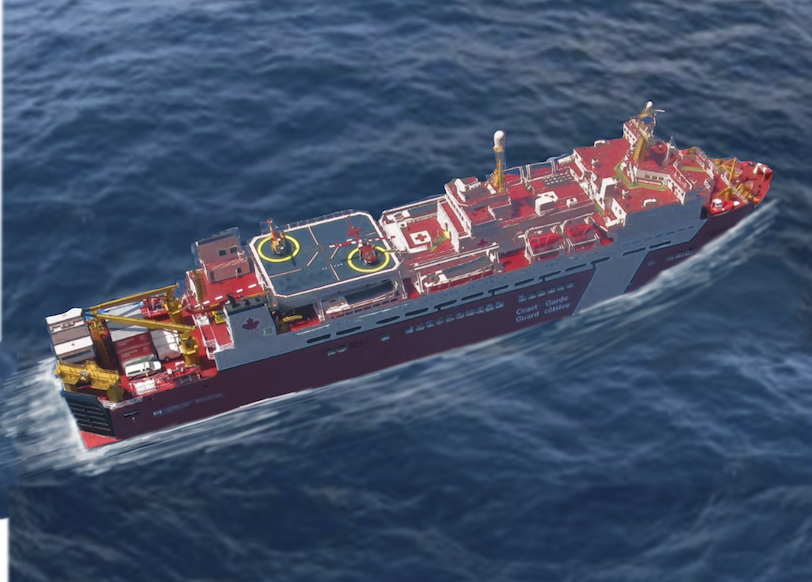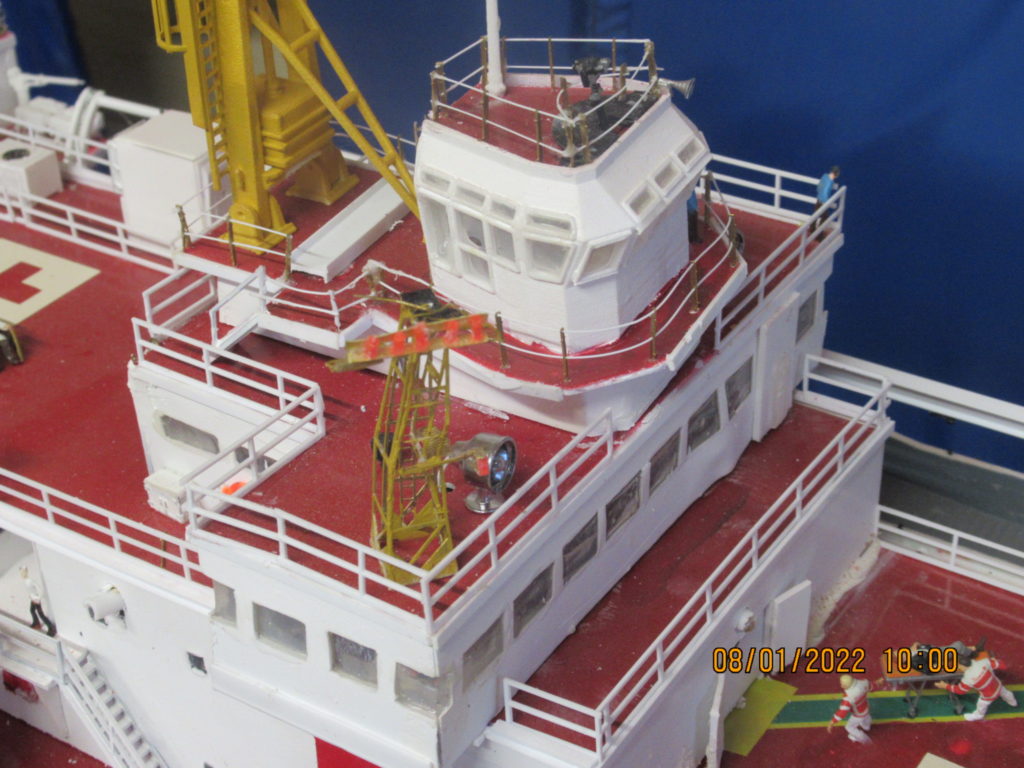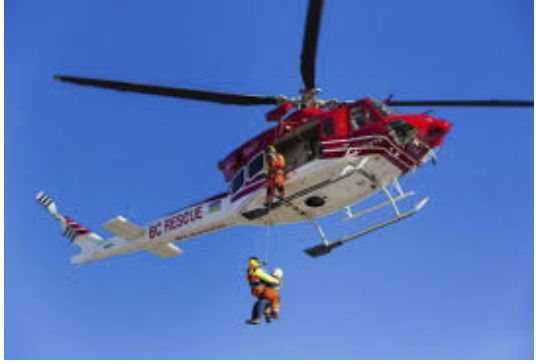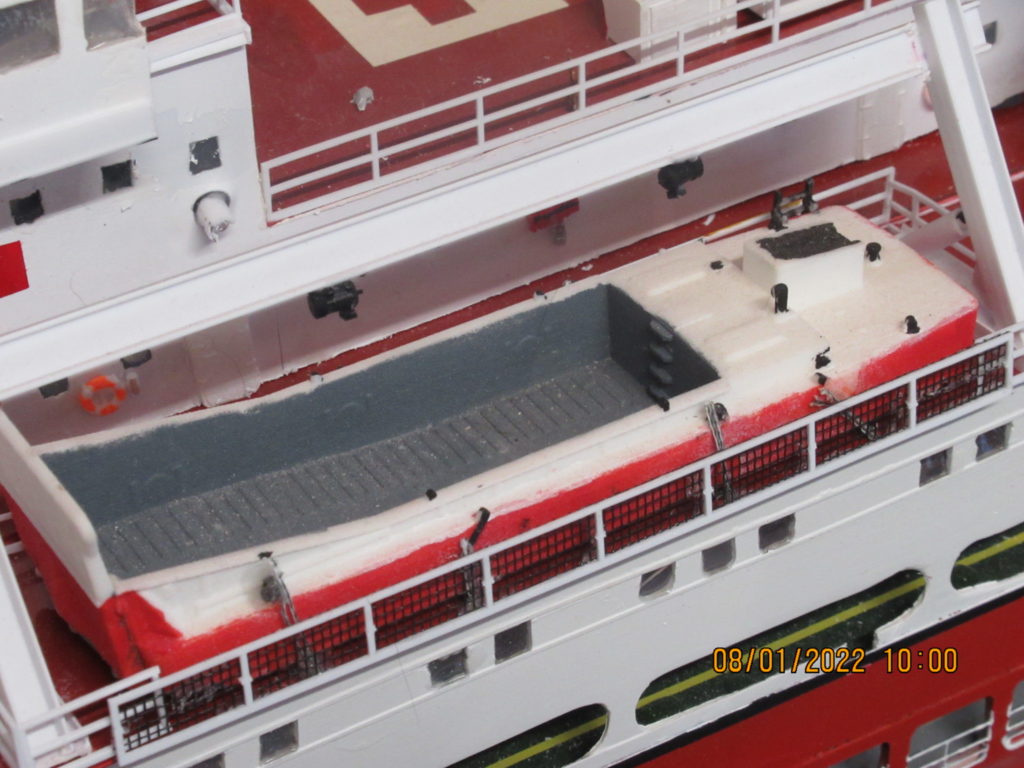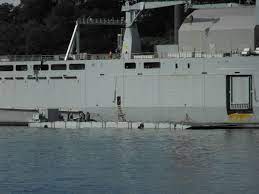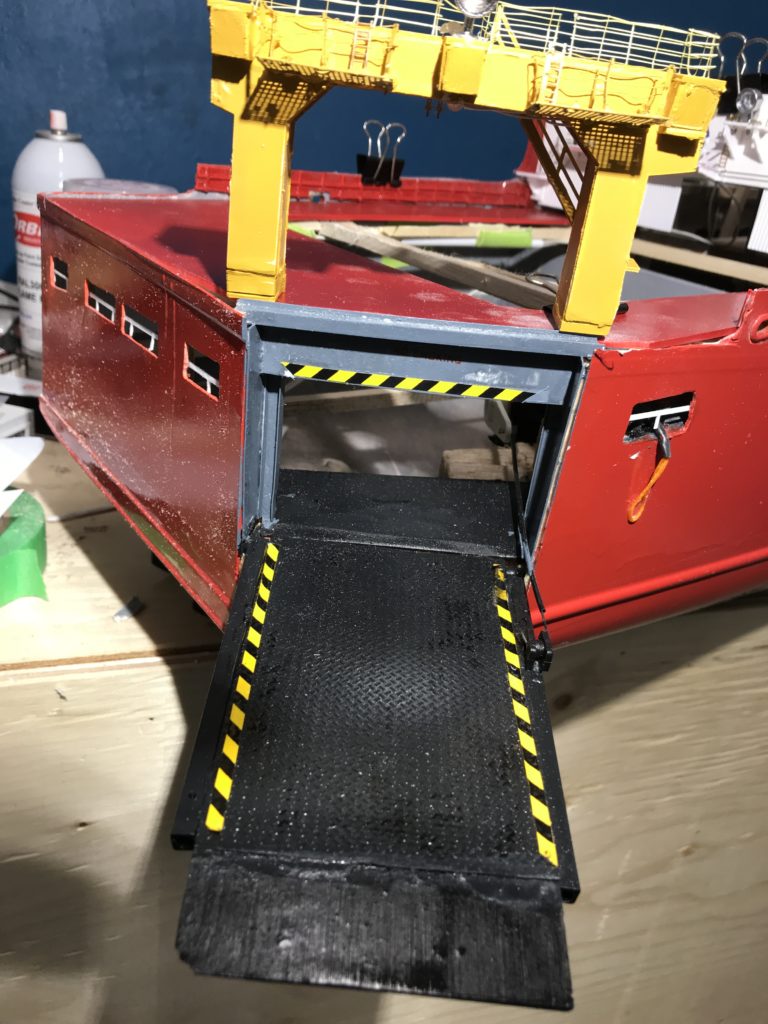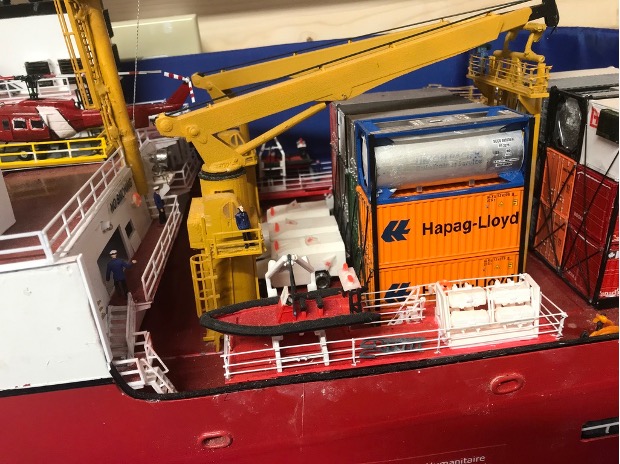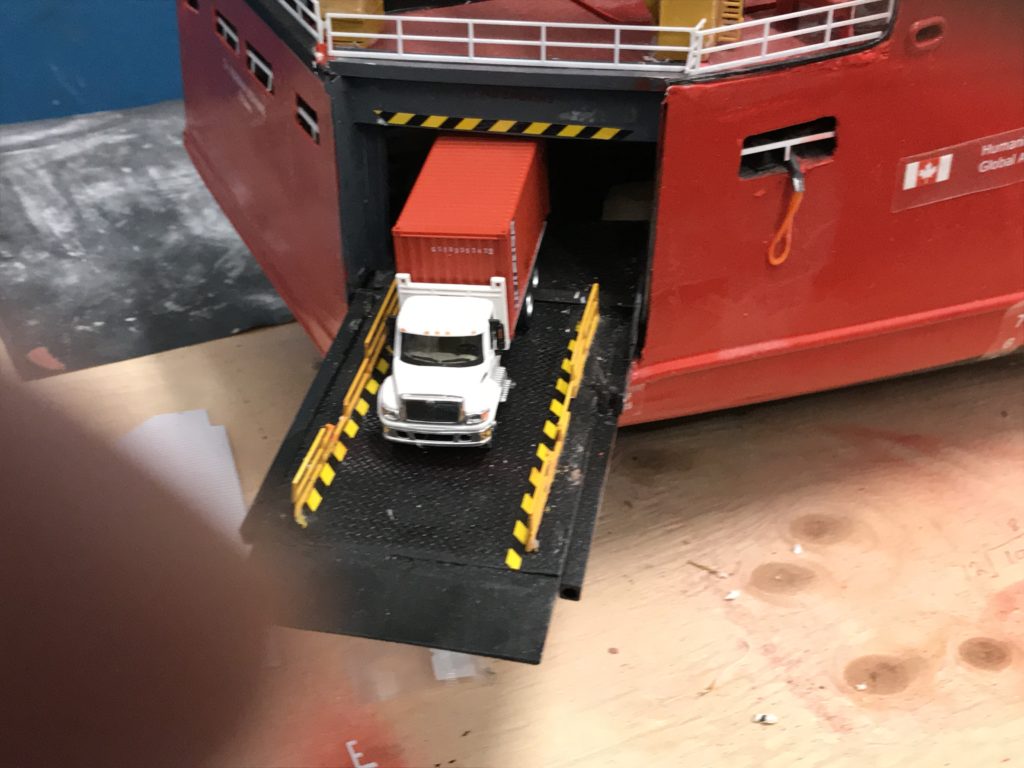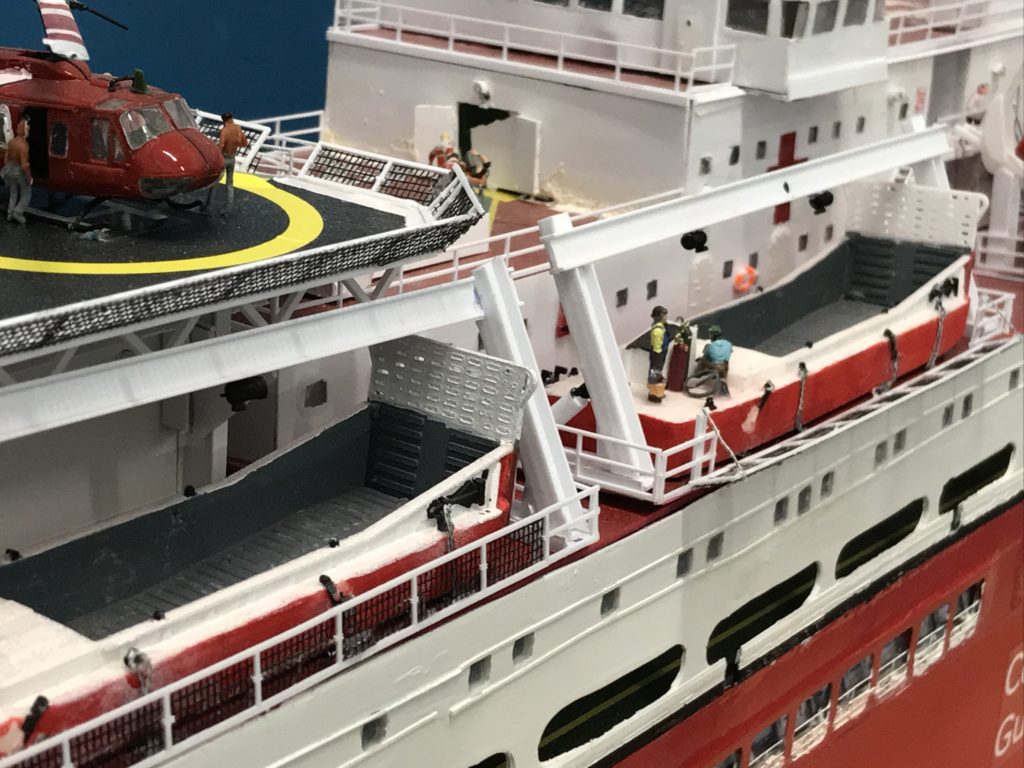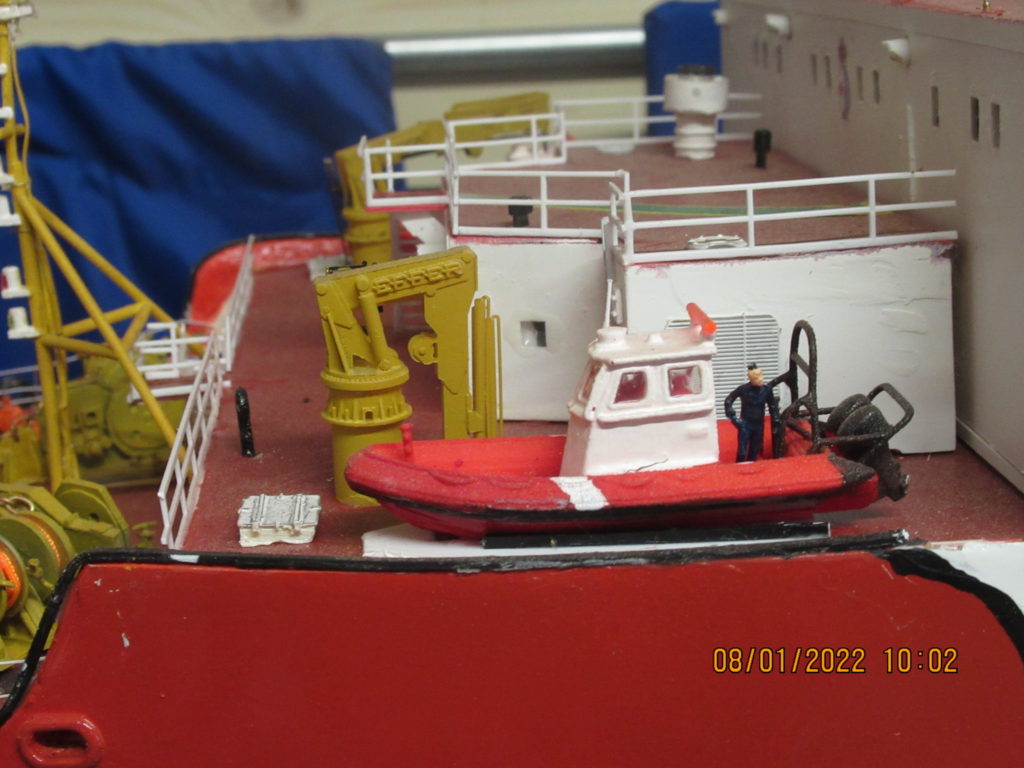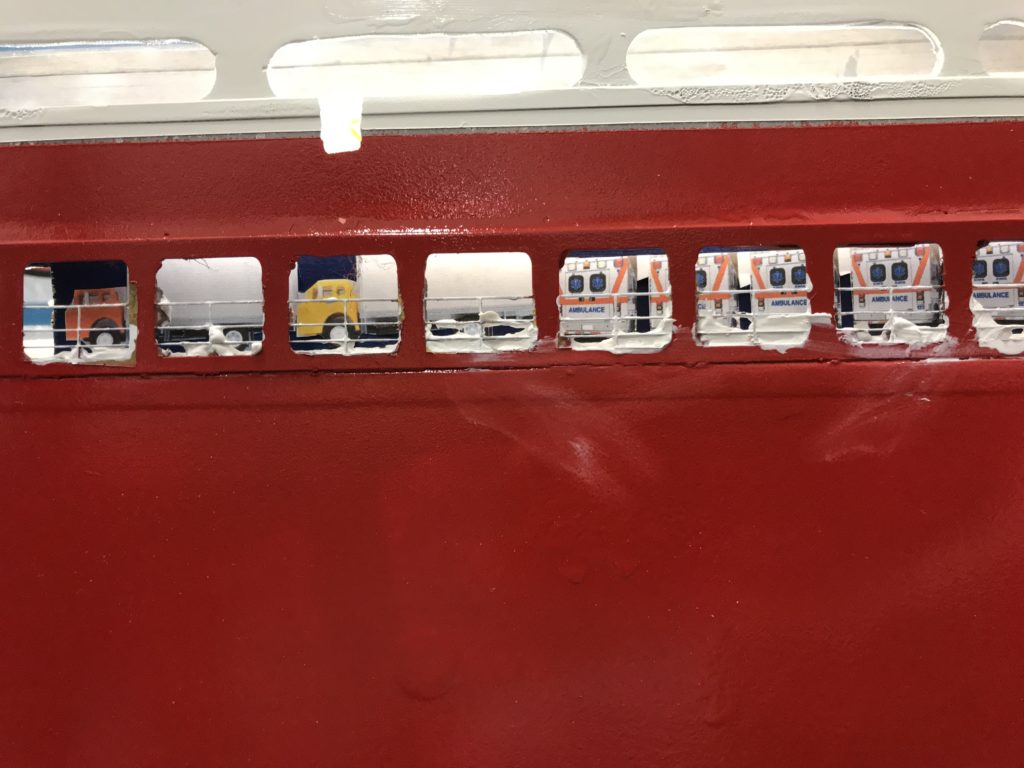The HA/DR Project
Two Humanitarian Aid / Disaster Relief Ships for Canada
Global climate change is real. We can see the catastrophic effects happening now. The HA/DR Project is dedicated to getting Canada to build two purpose-built Humanitarian Aid / Disaster Relief ships for the purpose of responding and providing aid when disasters occur. CCGS Dr. Norman Bethune, CCGS Lucille Teasdale, and the HA/DR Project want to help.
CCGS Norman Bethune
The world’s first purpose-built Humanitarian Aid / Disaster Relief Ship. Built in Canada as part of Canada’s Coast Guard. Dedicated to Providing Humanitarian Aid and Disaster Relief as an arm of the country’s Foreign Aid Commitment.
THE EFFECTS OF CLIMATE CHANGE
Hurricanes, Typhoons, Floods, Tsunamis, Earthquakes, Volcanoes and human caused disasters kill thousands and displace millions – the world needs help
Changes in climate from global warming to sea level rise manifest themselves in many ways, and many of those ways pose serious risk to peoples lives. Hurricanes and typhoons are more frequent and more severe. Earthquakes, volcanic eruptions, and resulting tsunami seem all too common. As a result of these natural disasters, people are dying, people are being displaced, and people are trying to adjust to the effects of climate change on their lives. Nations of the world, particularly wealthy nations must recognize the plight of the world’s citizens. They must react to the dangers they face. The HA/DR Project is one plea directed at Canada to do something tangible to help. It is our proposal that Canada build two dedicated ‘Humanitarian Aid / Disaster Relief ships’ – ‘Dr. Norman Bethune’ and ‘Dr. Lucille Teasdale’. Two ships named after two Canadian doctors who dedicated their lives to helping people of the world who needed help.
No Shortage of Facts That Indicate the Time is Now
UNCOORDINATED RESPONSE FACES CHALLENGES
When disasters happen, a multitude of non-governmental organizations, private organizations, military, and individuals react. Governments send aid and often provide money. The best of our humanity is quickly on display. But, this display of caring comes with its own challenges. Aid must first arrive on site. Then it must be distributed. Each disaster then creates its own challenges to logistics and aid coordination. These challenges often extend far past the immediate news cycle.
When disaster strikes the world reacts. People assume that relief activities are efficient and organized. The media gives a picture of control, heroism and caring. But, relief missions are messy.
The Military and Disaster Relief
Military units particularly Navy units are often deployed for humanitarian aid missions, but, there are issues with this strategy. Naval units have to be available and not deployed elsewhere. The main purpose of warships isn’t humanitarian aid. They also have to be appropriately equipped. Naval ship are typically loaded with guns and ammunition ,not grain and ambulances. While warship builders always sell their designs as being designed partly for relief mission, they don’t say that the ships will not be permanently equipped with humanitarian aid supplies. Such capabilities are options and assume that Navy ships are available, and within range of the disaster location. If they are not they have to go to a friendly port and swap out military equipment for humanitarian Aid equipment and then they have to make their way to the disaster area. This is often time consuming. In addition , in many cases the amount of relief supplies that a warship can deliver is minimal.
Distribution and Control of Funds
When disasters happen, governments quickly announce millions of dollars in aid, but it takes time for that aid to reach the stricken area and often large portions of that aid vanishes into the pockets of various corrupt participants in the supply chain. There is often no centralized control of costs associated with relief efforts. There is no guarantee all required relief supplies and support facilities are carried on board designated ships, or guaranteed to arrive and be distributed and used at the assigned destination.
Coordinating Response Efforts
Humanitarian relief efforts are messy. They involve a large number and a variety of actors. Private organizations, volunteers, national and international charities, governments, and international organizations. Often these organizations have different missions, different interests and different political agendas. They also arrive with a wide range of capacities and expertise. Coordination during disaster response is infinitely complex, and hugely multifaceted. The development of effective processes and methods for reacting to and addressing disasters is still very much in its infancy. Issues that are present in disaster management are:
Examples of previous challenges include the response to a tsunami crisis in Indonesia in 2004 poor coordination among authorities was described as the “the most important issue” facing the effectiveness of relief activities and after the earthquake in Haiti, field hospitals used trucks and containers for operating rooms due to lack of proper sterile facilities.
So the question is how do we address these challenges faced by global relief efforts? Is there a way to mitigate the reliance on military aid, to control and distribute funds efficiently and ethically and coordinate response efforts effectively? How could Canada help?
THE WORLD’S FIRST PURPOSE-BUILT
HUMANITARIAN AID DISASTER RELIEF SHIP
SO WHY CANADA?
Why should Canada build Bethune? Other countries, such as Britain, the US and Australia have groups working to get their governments to build ships like Bethune. Canada however is uniquely suited to this endeavour. Geographically Canada borders both the Atlantic and Pacific. Politically Canada doesn’t have serious enemies. We don’t always agree with the positions of other countries but our positions are often based on reason and fairness. Canada has no ambition to become a super power and is not perceived to have strategic objectives. Our opinions are respected in International forums, but we have no international ambitions or agenda.
Our foreign aid is morally based, and unbiased. A Canadian relief ship would be accepted in almost every corner of the world without fear or suspicion. Being a member of the G7 countries, Canada has the economy necessary to support Bethune’s work. Canada has a social climate of respect, inclusivity and universal caring with a positive approach to both immigration and refugees. If the world were one community looking for the perfect place geographically to station an ambulance that could serve the globe, Canada would be an ideal location. Bethune is the world’s ambulance. It is time we got to work.
WHAT WILL BETHUNE COST?
The MS Astrix, a container ship converted to a navy replenishment ship cost $677 million converted. Canada’s Foreign Aid budget is $7.1 billion. If a ship built to meet the description of CCGS Bethune which would not need to be militarized, would cost somewhere near the same as Astrix. Two such ships would cost only 19% of one year of Canada’s Foreign Aid budget or approximately $1.3 billion.
Since building the ships would likely take two years, the use of foreign ad dollars would be less than 10% per year. Annual maintenance of the two ships would be a far smaller cost considering that aid work done by these two ships would be direct, straight-line aid, no middle men, no funnelling of dollars. All costs would be directly controlled within Canada. Efficiencies in purchasing of goods and supplies, and operational efficiency would be within Canada’s control.
THE TIME IS NOW
The effects of climate change are real and a common threat to the people on this planet. Nations must react to produce tangible results to support those that are and will be in need. Current systems of disaster relief are often inefficiently coordinated, funding is uncontrolled and results are not optimal. Canada can make a real impact by building CCGS Norman Bethune and her sister ship. Picture Bethune arriving off a devastated shoreline, her international crew there to help, and her proudly displayed maple leaf. What international statement would that make about Canada’s commitment to providing aid? How far would that go towards creating a commonly shared Canadian pride across the country?
The HADR Project does not ask for any money. If you think that Canada should build CCGS Bethune and CCGS Lucille Teasdale contact your Member of Parliament and let them know.

